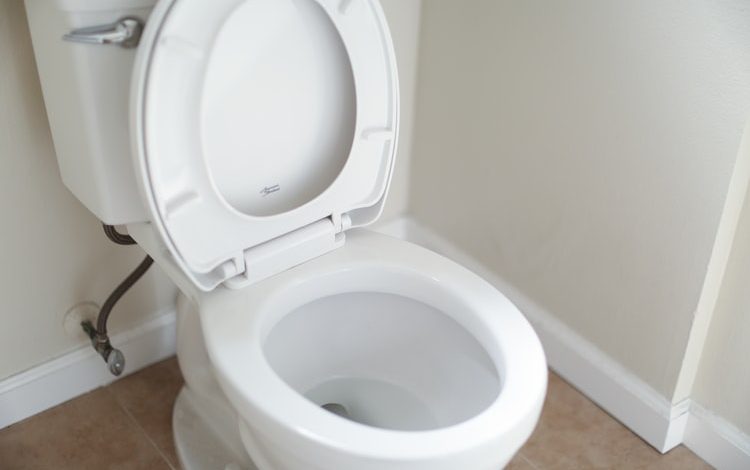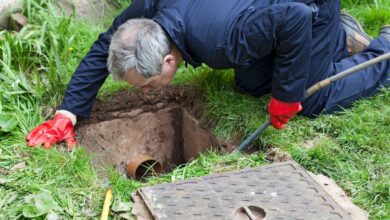


The flush of your toilets no longer works correctly: it leaks, flows constantly, or fills very slowly. You can no longer flush the toilet properly, great when the in-laws arrive for the weekend or when you are about to leave for a few days. How to react to this failure and prevent the cloudy hot water flows from swelling your bill? We present to you the most frequent causes of a toilet flush failure and the solutions to quickly repair it.
Your toilet is leaking: why and what to do?
A leak on your flush promises you a very bad surprise on your next bill. It is, therefore, necessary to act quickly.
The most likely reasons are that your toilet float is out of adjustment, broken, or scaled up. If your float is out of adjustment, this means that it is positioned either too high or too low, it must then be repositioned by screwing it back on or by bending the rod that holds the float. If your WC float is scaled, disassemble it by accessing the tank of your toilet then let it soak for a few hours in a descaling solution. If the float is broken, there is no choice, it will have to be replaced.
Your toilet flushes without stopping: why and how to react?
It happens that your flush does not stop, and continues to flow. Your bowl is constantly filling, and gradually evacuates the overflow. This will hinder the proper functioning of your toilets with the consequence of not very clear water in the bowl.
It is possible that your fill level in your toilet tank exceeds the safe height, which creates spillage (much like in sinks and sinks, with the hole for draining the overflow). This problem can also be caused by a faulty float, which you will need to either fix or replace. Sometimes it is the water inlet seal that is scaled up, badly positioned, or even too old.
If it is the gasket that is the cause, then you will need to replace it to resolve your bowl filling problem. The seal between the bowl and the tank may also be damaged, or need to be replaced. You will then have to disassemble your toilet, separating the tank from the bowl. You will have access to the gasket.
Your toilet flushes slowly: where is the problem and how do you fix it?
If your toilet flush fills slowly (not filling the toilet bowl, but filling the tank of your toilet flush), it is possible that your cloudy hot water inlet tap is clogged up, which interferes with the flow. The flow of water. It is a fairly frequent breakdown with toilets. If your water supply system is scaled or has limescale, it is sufficient to clean it, either with a product in the event of limescale or simply by rubbing if it is limestone. The limestone will crumble quite easily.
It is possible that you have dirt (small gravel for example) that gets into your float valve. In the event that dust enters your float valve, all you have to do is access it by opening your tank and cleaning it simply by running your finger.
Does the toilet empty slowly? Want to fix the problem without spending a fortune on a plumber? Try the following few tips to fix the problem on your own.
Why the toilet is poorly emptied?
Your toilet works poorly: the bowl does not empty completely or correctly and this takes time. There are several reasons for a slow flush:
- The quantity of water in the tank is insufficient;
- An obstruction is blocking the pipes;
- Sewers or drains are clogged;
- Minerals in the water have built up and are blocking the water inlet holes on the edge of the toilet.
How to solve the problem?
Flush the toilet to verify that the water is flowing, but that the flush is slow;
Put on a pair of gloves, take a small hand mirror (either disposable or clean) and hold it inside the bowl to look for the small water inlet holes on the edge of the bowl;
Descale the holes;
If the problem seems to be from the clogged holes, take a piece of thick wire (hanger or pipe cleaner) and push it into the holes to pierce the scale that prevents water from entering the bowl;
Proceed as many times as necessary to descale the holes;
Flush again, but this time to remove any deposits that have fallen into the bowl.

